One Way Out excerpt: The recording of At Fillmore East
In honor of the release of the 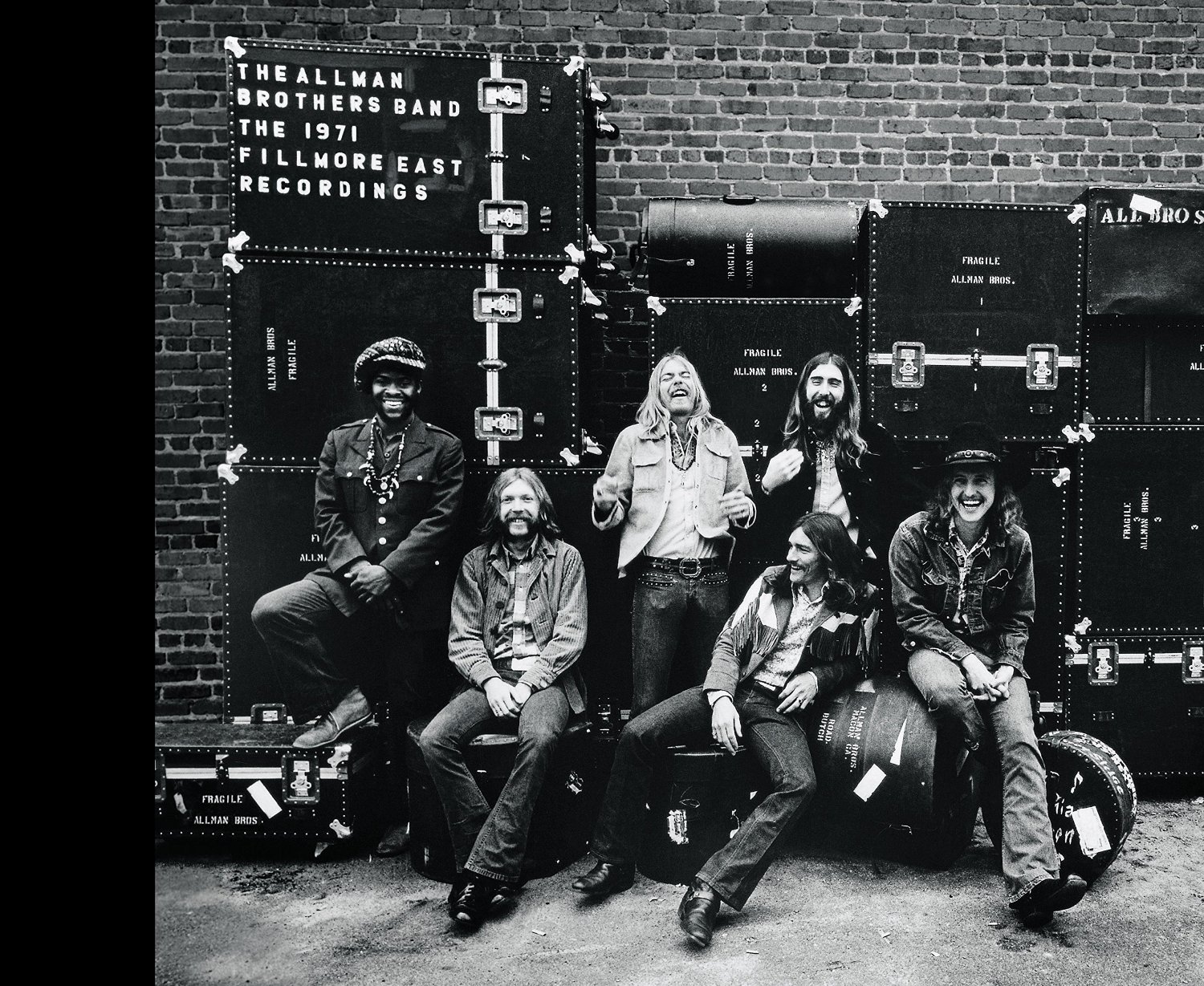 expanded The 1971 Fillmore East Recordings, I present the following excerpt from One Way Out: The Inside History of the Allman Brothers Band.
expanded The 1971 Fillmore East Recordings, I present the following excerpt from One Way Out: The Inside History of the Allman Brothers Band.
This is a partial, very abridged version of Chapter 8. To read the full story of the making of At Fillmore East, pick up a copy of One Way Out at Amazon, Hittin the Note, or your favorite retail establishment.
“Moving and exhaustive….”
-The New York Times Book Review
*
Chapter 8.
LIVE ALIVE
Though their first two releases had caused barely a ripple in the marketplace, the band was drawing raves for their marathon live shows that combined the Grateful Dead’s go-anywhere jam ethos with superior musical precision and a deep grounding in the blues. A live album was the obvious solution. To cut the record, the band played New York’s Fillmore East for three nights — March 11, 12 and 13, 1971. They were paid $1250 per show.
The Allman Brothers Band had made their Fillmore East debut December 26-28, 1969, opening for Blood, Sweat and Tears for three night. Promoter Bill Graham loved the band and promised them that he would have them back soon and often, paired with more appropriate acts, and he lived up to this vow.
On January 15-18, 1970, the ABB opened four shows for Buddy Guy and B.B. King at San Francisco’s Fillmore West. They were back in New York on February 11 for three nights with the Grateful Dead. These shows were crucial in establishing the band and exposing them to a wider, sympathetic audience on both coasts.
TRUCKS: You can’t put in words what those early Fillmore shows meant to us. The Fillmore West helped us get established in San Fran and it was cool – especially those shows with B.B. and Buddy – but the Fillmore East was it for us; the launching pad for everything that happened.
ALLMAN: We realized that we got a better sound live and that we were a live band. We were not intentionally trying to buck the system, but keeping each song down to 3:14 just didn’t work for us. We were going to do what the hell we were going to do and that was to experiment on and offstage. And we realized that the audience was a big part of what we did, which couldn’t be duplicated in a studio. A light bulb finally went off; we need to make a live album.
BETTS: There was no question about where to record a concert. New York crowds have always been great, but what made the Fillmore a special place was Bill Graham. He was the best promoter rock has ever had and you could feel his influence in every single little thing at the Fillmore. It was just special. The bands felt it and the crowd felt it and it lit all of us up. The Fillmore was the high-octane gig to play in New York — or anywhere, really.
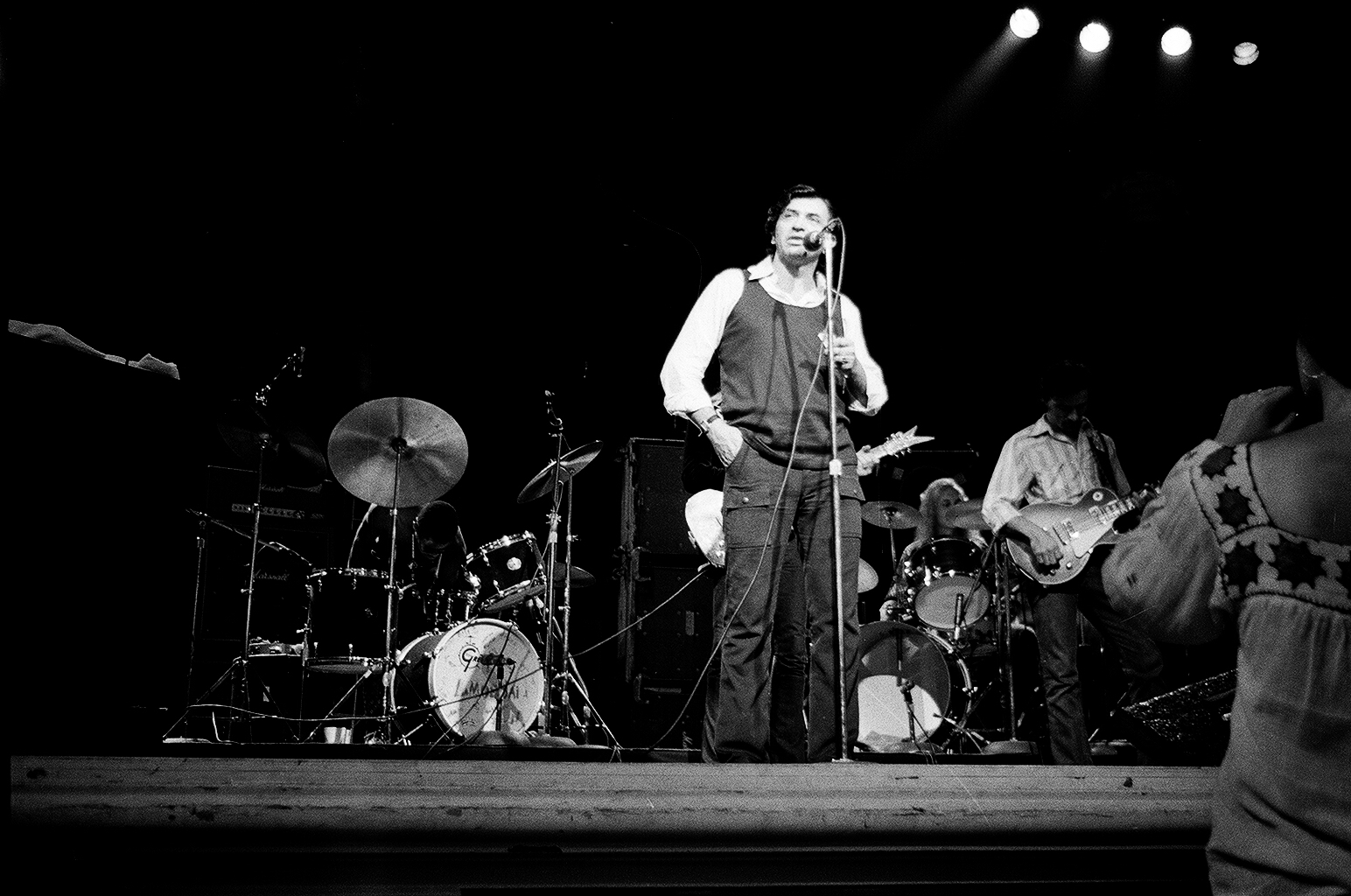
Bill Graham introducing the ABB. Photo by Sidney Smith. All rights reserved.
ALLMAN: That was the place to record and we knew it. It was a great sounding room with a great crowd, but what really made it special was the guy who ran it. Bill Graham called a spade a spade and not necessarily in a loving way. Mr. Graham was a stern man, the most tell-it-like-it-is person I have ever met and at first it was off-putting. But he was the fairest person, too, and after knowing him for while, you realized that this guy, unlike most of the other fuckers out there, was on the straight and narrow.
PERKINS: The Fillmores were so professionally run, compared to anything else at the time. And he would gamble on acts, bringing in jazz and blues and the Trinidad/Tripoli String Band – and he had taken a chance on the Brothers, which everyone appreciated and remembered.
DOWD: I got off a plane from Africa, where I had been working on the Soul To Soul movie [capturing a huge r&b, jazz and rock concert held in Ghana], and called Atlantic to let them know I was back and Jerry Wexler said, “Thank God; we’re recording the Allman Brothers live and the truck is already booked,” so I stayed up in New York for a few days longer than I had planned.
It was a good truck, with a 16-track machine and a great, tough-as-nails staff who took care of business. They were all set to go. When I got there, I gave them a couple of suggestions and clued them in as to what expect and how to employ the 16 tracks, because we had two drummers and two lead guitar players, which was unusual, and it took some foresight to properly capture the dynamics.
Dowd was thrilled with what he was hearing until the band unexpectedly brought out sax player Rudolph “Juicy” Carter and another horn player, as well as harmonica player Thom Doucette, a frequent guest who had played on Idlewild South.
DOWD: We were going along beautifully until the fourth or fifth number when one chap looked up and asked, “What do we do with the horns?” I laughed and said, “Don’t be a smart ass,” thinking he was joking, but three horn players had walked on stage. I was just hoping we could isolate them, so we could wipe them and use the songs, but they started playing and the horns were leaking all over everything, rendering the songs unusable.

JAIMOE: Dowd started flipping out when he heard the horns, but that’s something that could have worked. There’s no way that it would have ruined anything that was going on. It wasn’t distracting anyone, and it was so powerful.

Photo by Sidney Smith – Tulane U. homecoming, 1970. All rights reserved.
BETTS: Dowd was going nuts, but we were just having fun and everyone was enjoying it. We didn’t change our approach because we were recording. We never hired any of those guys. They’d just show up and sit in, and we all dug it.
PERKINS: The horn players would pop up and just sit in for a few songs. Those guys were friends of Jaimoe’s – we just knew them as Tic and Juicy and everyone liked their playing. Nothing was rehearsed with them. They’d just get up and play. Them showing up at those Fillmore gigs was a surprise to me and I didn’t think it was a good idea.
JAIMOE: Tic was a tenor player, Juicy played baritone and soprano – sometimes together, at the same time – and there was an alto player we called Fats, who was not at the Fillmore and didn’t come around as much. We had played together in Percy Sledge’s band and I knew them from Charlotte, NC. Good guys and good musicians.
PERKINS: They often had some heroin with them and were welcomed for that as well.
JAIMOE: I don’t know about that; if they showed up with a little something, it was probably because Duane or someone asked them to do so.
DOUCETTE: The plan was to bring on the horns full time. Duane would have liked to have 16 pieces. Duane had six different projects that he wanted to do and he just thought he could do it all at once on the same bandstand.
DOWD: I ran down at the break and grabbed Duane and said, “The horns have to go!” and he went, “But they’re right on, man.” And I said, “Duane, trust me, this isn’t the time to try this out.” He asked if the harp could stick around and I said, “Sure,” because I knew it could be contained and wiped out if necessary.
PERKINS: Doucette had played with the band a lot so he was a lot more cohesive with what they were doing. Duane loved those guys, but he would also listen to reason and I don’t think he put up any fight with Dowd.
DOWD: Every night after the show we would just grab some beers and sandwiches and head up to the Atlantic studios to go through the show. That way, the next night, they knew exactly what they had and which songs they didn’t have to play again. They would craft the setlist based on what we still needed to capture.
BETTS: You have to listen to it being played back to get a sense of whether or not it came together and we loved having that opportunity. We just thought, “Hey this is cool… I didn’t know I did that… That sounds pretty neat.” We were just enjoying ourselves and the opportunity to listen to our performances. We didn’t do a lot of that board tape stuff and we weren’t real hung up on the recording industry anyhow. We just played and if they wanted to record it they could. We were young and headstrong: “We’re gonna play. You do what you want.”
We just felt like we could play all night and sometimes we did. We could really hit the note. There’s not a single fix on there. All we did was edit some of the harmonica out, where there was a solo that maybe didn’t fit. It wasn’t doctored up, with guitar solos and singing redone in the studio, as on so many live albums. Everything you hear there is how we played it. We weren’t puzzled about what we were playing. We were a rock band that loved jazz and blues. We really loved the Dead, Santana, the Airplane, Mike Finnigan, and all the blues and jazz greats.
TRUCKS: We were listening to people like John Coltrane and Miles Davis, and emulating them and trying to add that level of sophistication to our music – to add jazz and improvisation to blues, rhythm and blues and rock and roll.
DOWD: The Fillmore album captured the band in all their glory. The Allmans have always had a perpetual swing sensation that is unique in rock. They swing like they’re playing jazz when they play things that are tangential to the blues, and even when they play heavy rock. They’re never vertical but always going forward, and it’s always a groove. Fusion is a term that came later, but if you wanted to look at a fusion album, it would be Fillmore East. Here was a rock ’n’ roll band playing blues in the jazz vernacular. And they tore the place up.
BETTS: There’s nothing too complicated about what makes Fillmore a great album: that was a hell of a band and we just got a good recording that captured what we sounded like. I think it’s one of the greatest musical projects that’s ever been done in any genre. It’s an absolutely honest representation of our band and of the times.
JAIMOE: Fillmore was both a particularly great performance and a typical night. That’s what we did!
ALLMAN: You want to come out and get the audience in the palm of your hand right away: “1-2-3-4, bang! I gotcha!” That’s what you gotta do. You can’t be namby-pamby; you can’t be milquetoast with the audience.
WALDEN: Atlantic/Atco rejected the idea of releasing a double-live album. Jerry Wexler thought it was ridiculous to preserve all these jams. But we explained to them that the Allman Brothers were the people’s band, that playing was what they were all about, not recording, that a phonograph record was confining to a group like this.
Excerpted from One Way Out: The Inside History of the Allman Brothers Band (St. Martin’s Press). Copyright 2014, Alan Paul. All rights reserved.



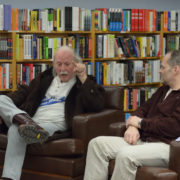
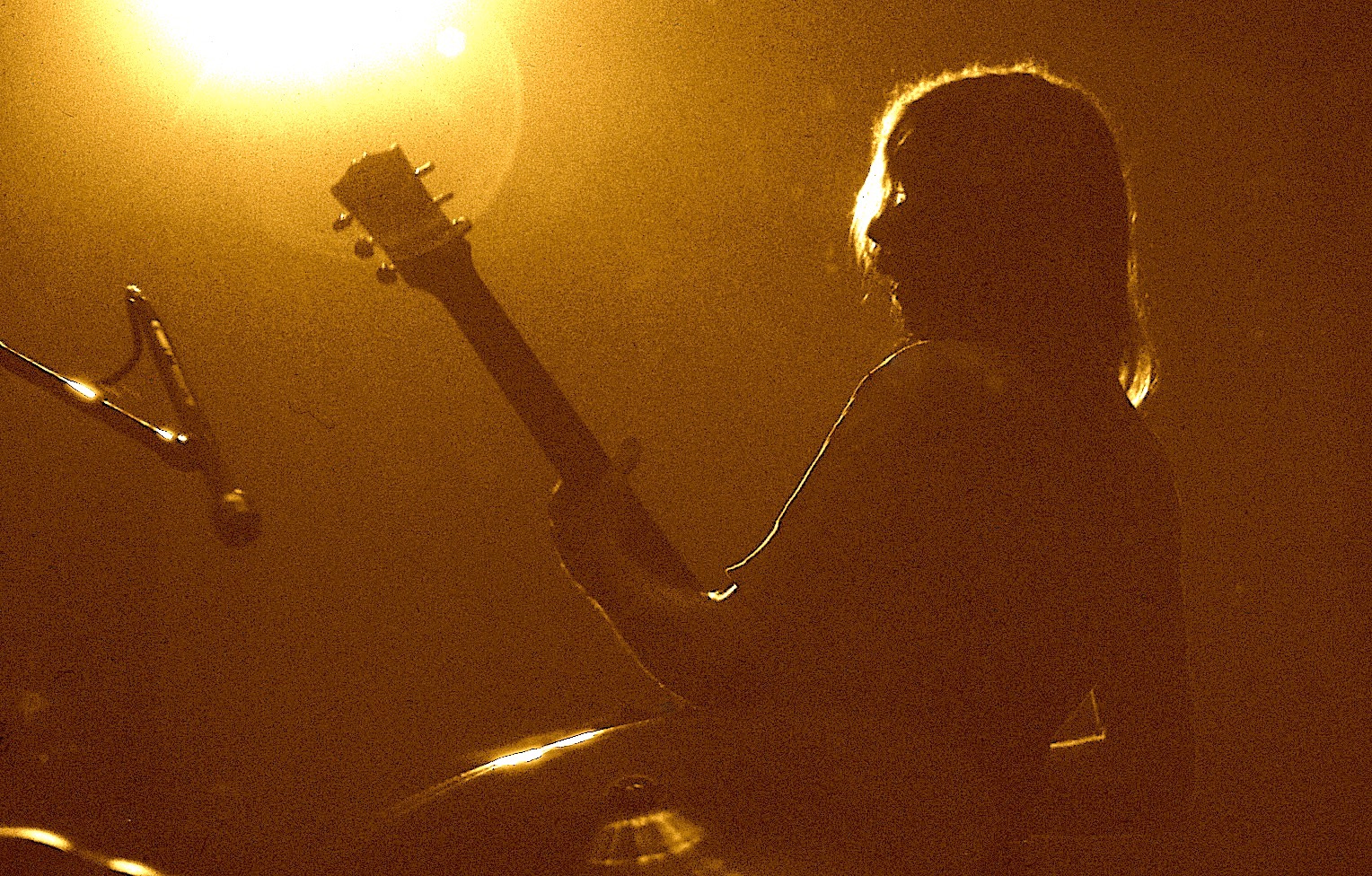
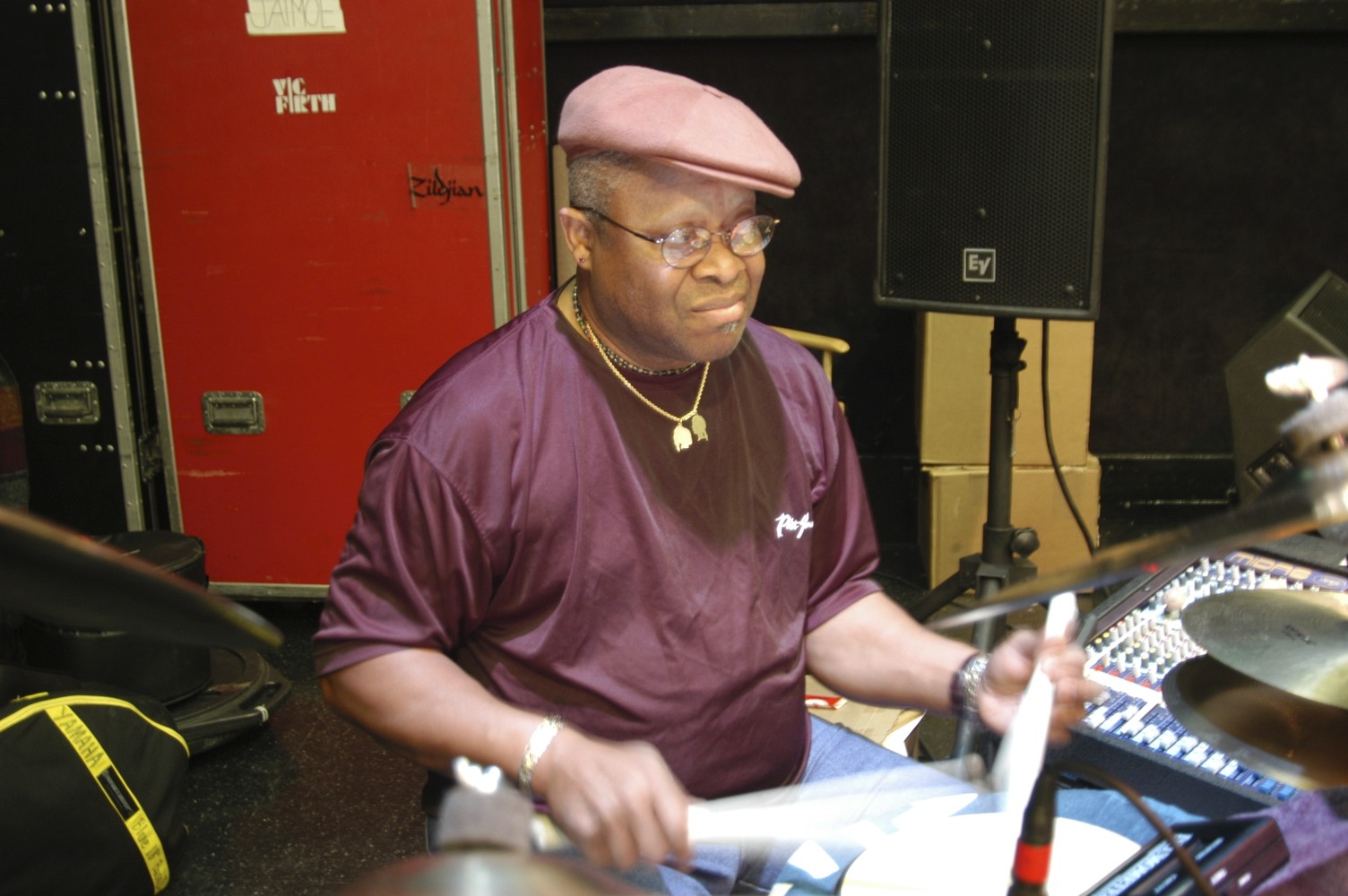

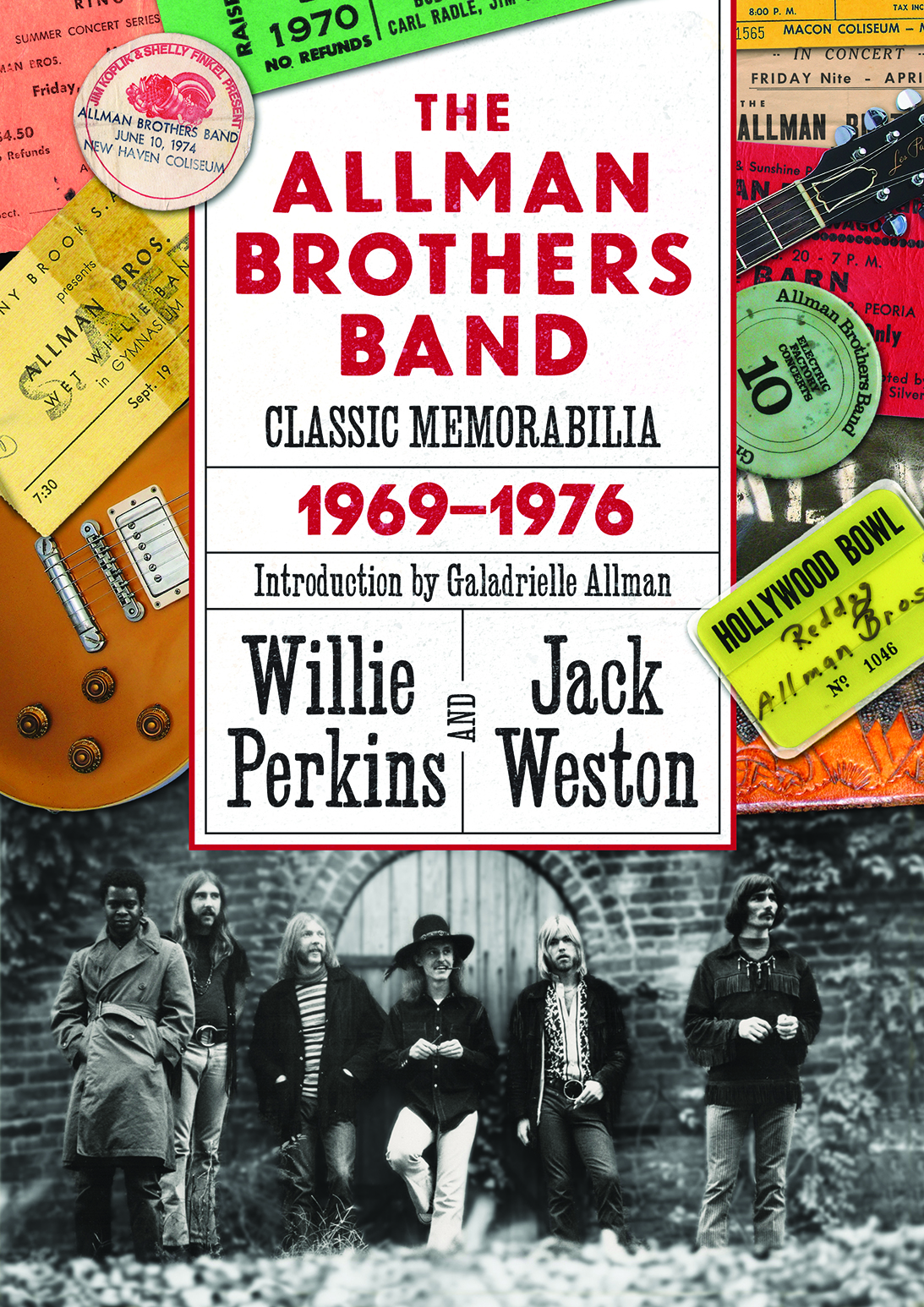

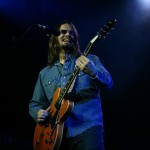
They call themselves the peoples band .. I saw greg in concert last weekend… he walked by his fans before druring & after the show they called out hi welcome to the cape can I get an autograph or a selfie. Greg didn’t wave say hi or even glance in their direction. I wish I hadn’t witnessed that. It soured the rest of a great show & high I had going from music . Its all about the fans ..I call bullshit